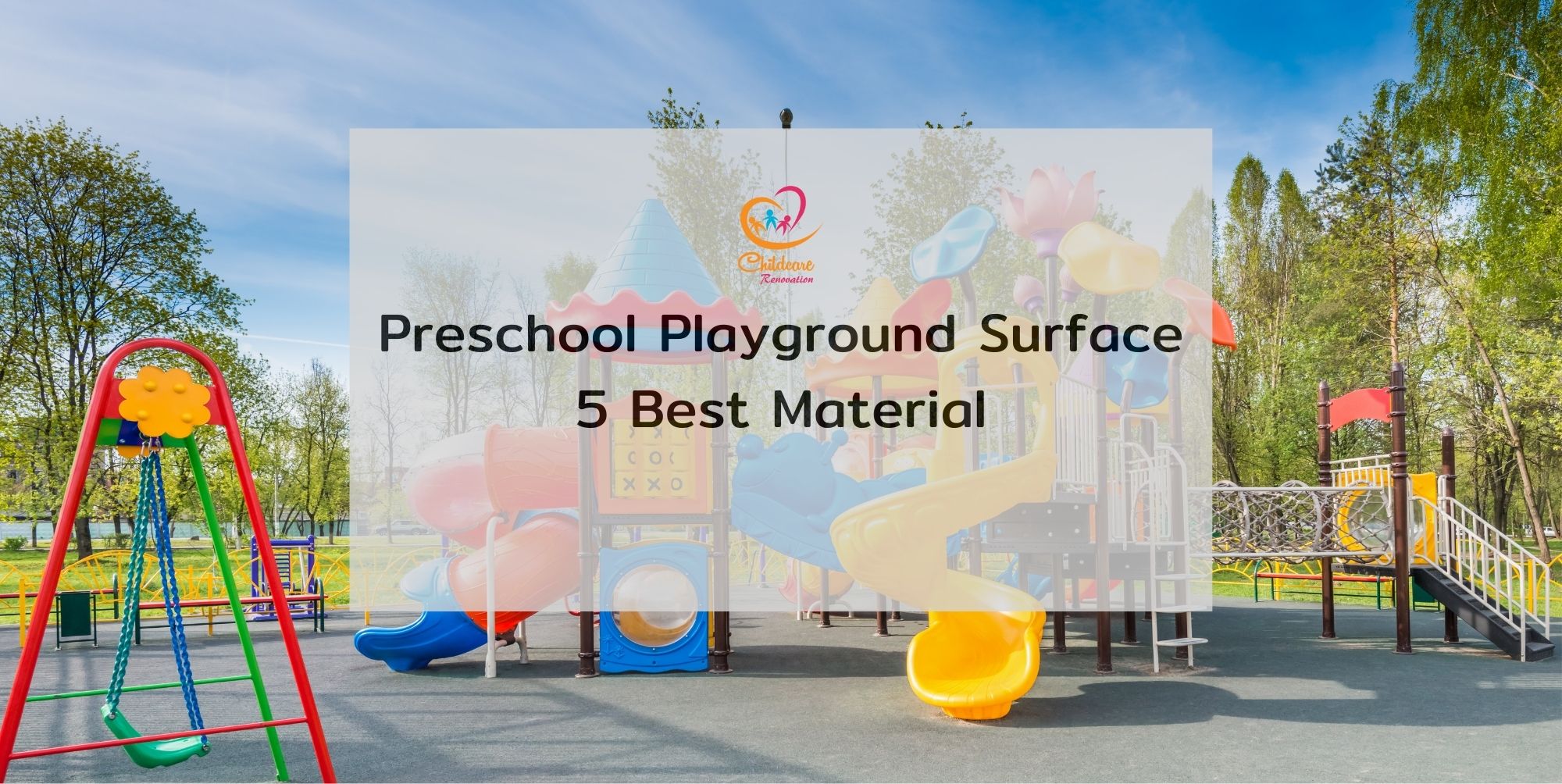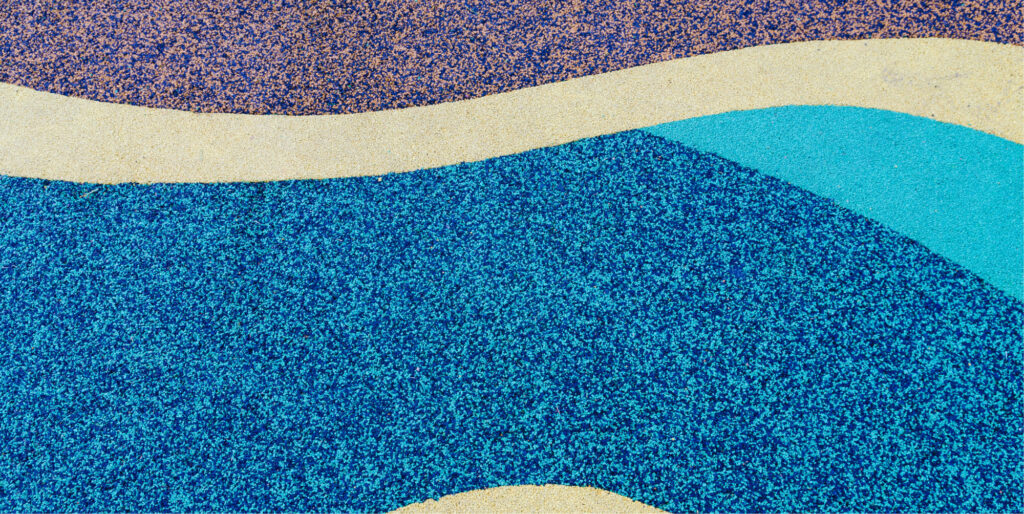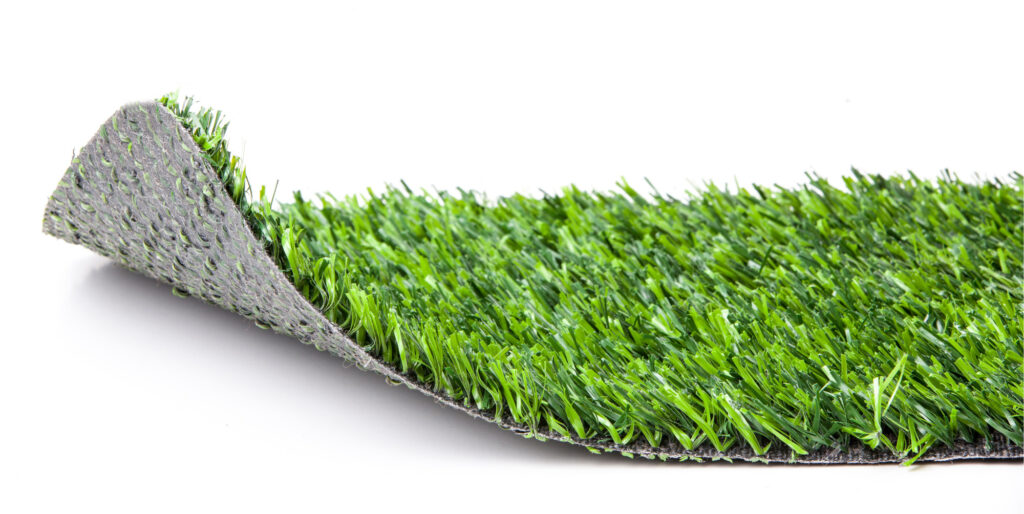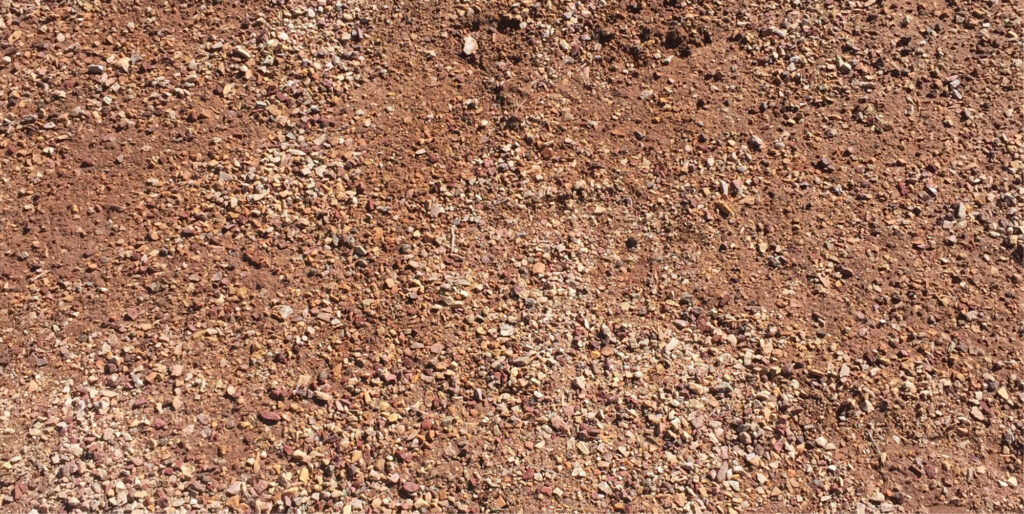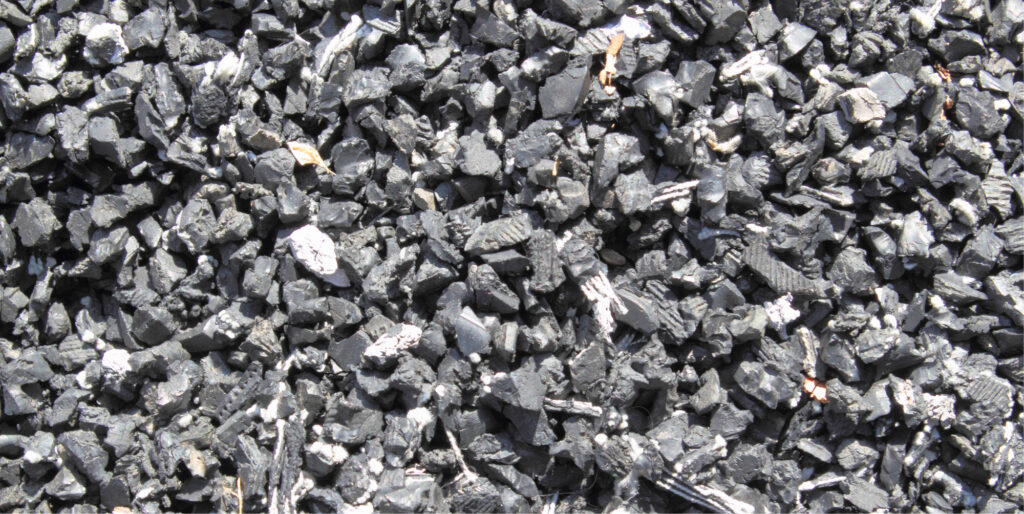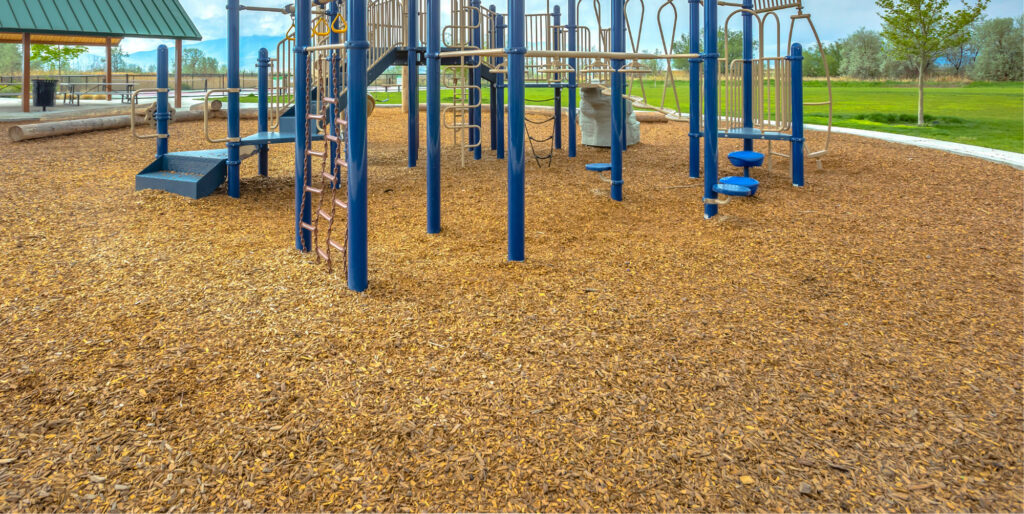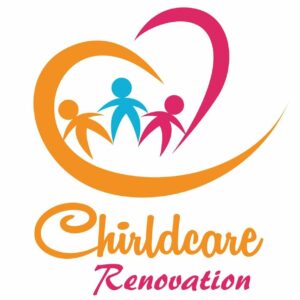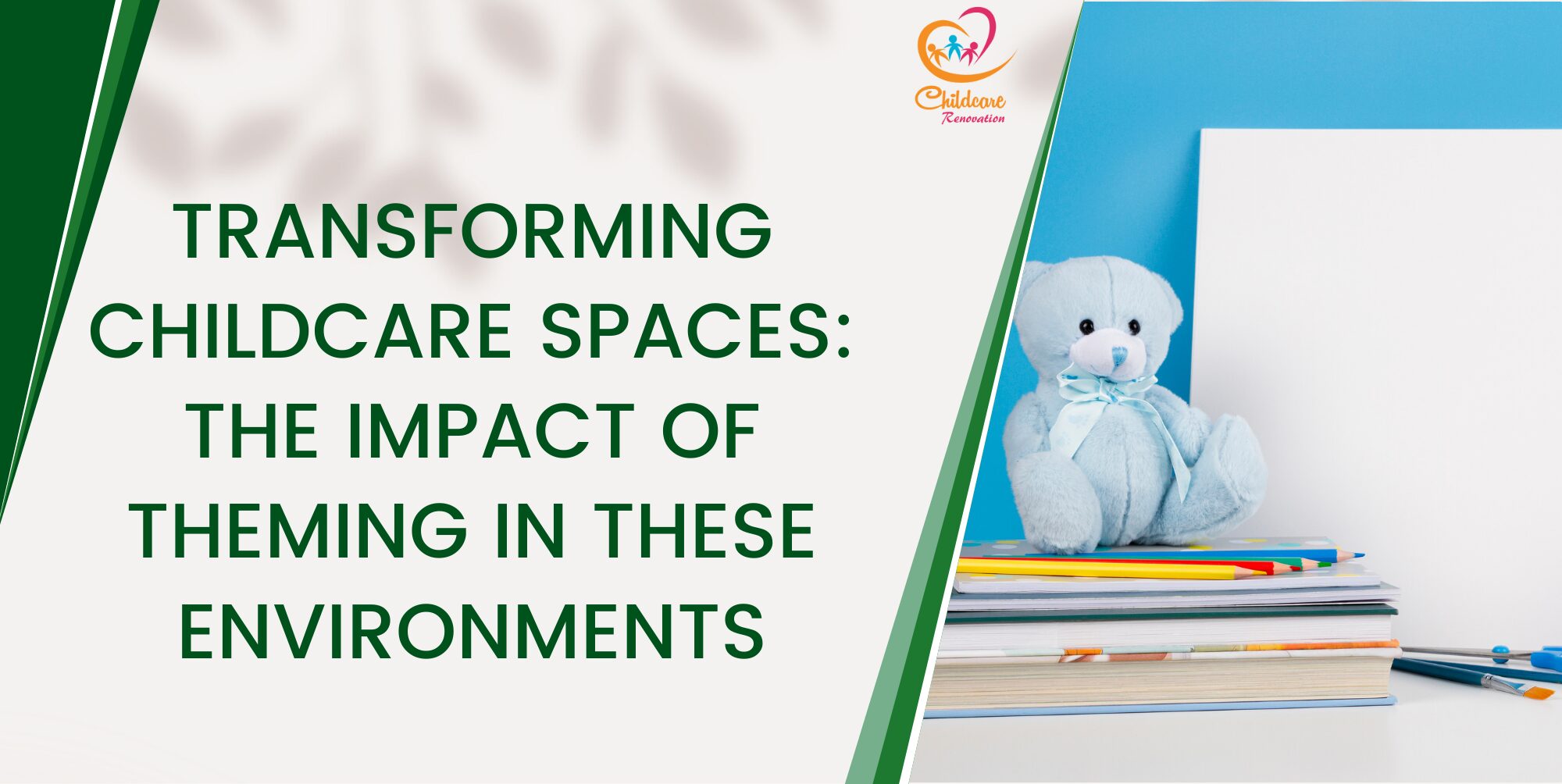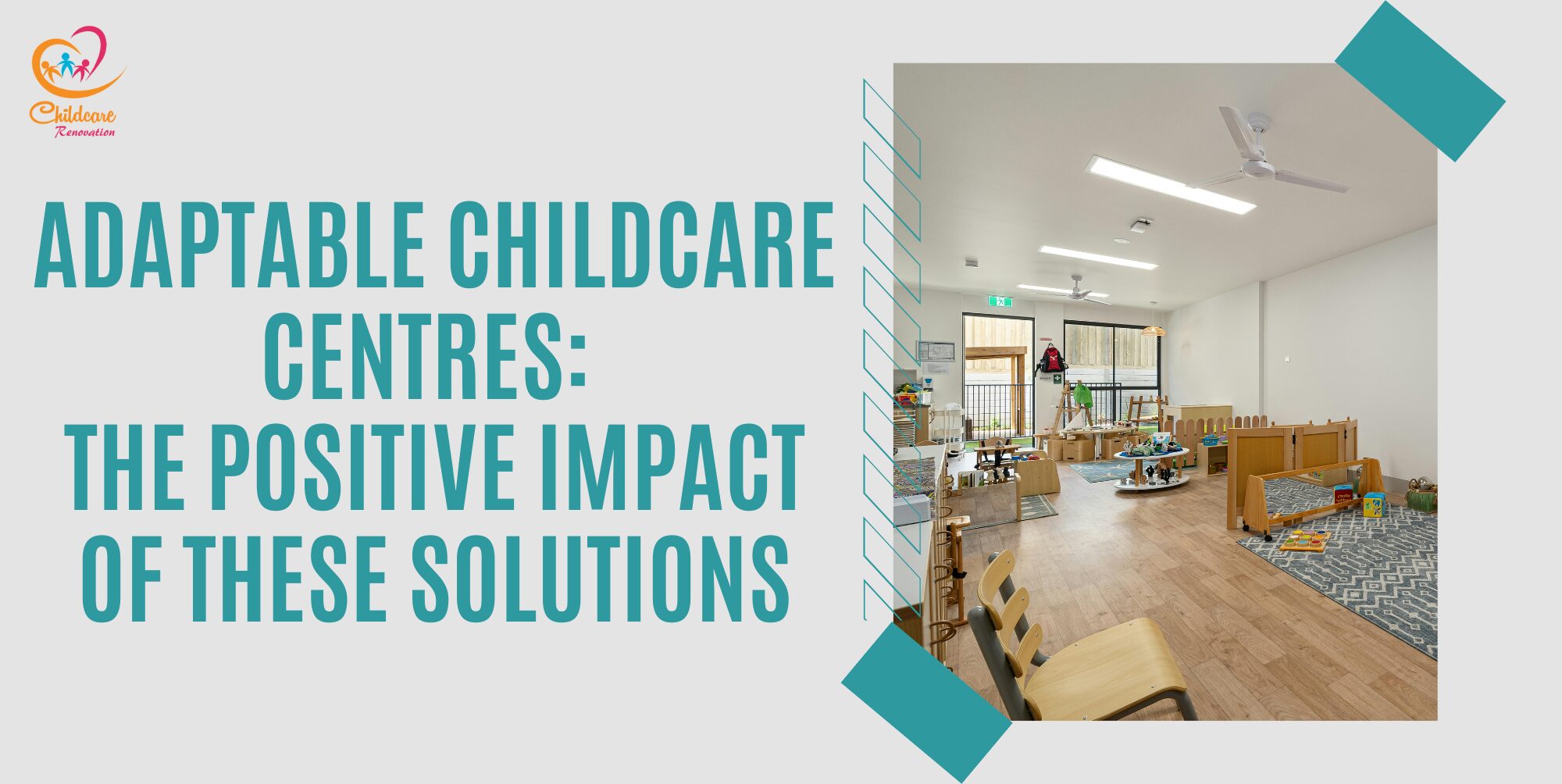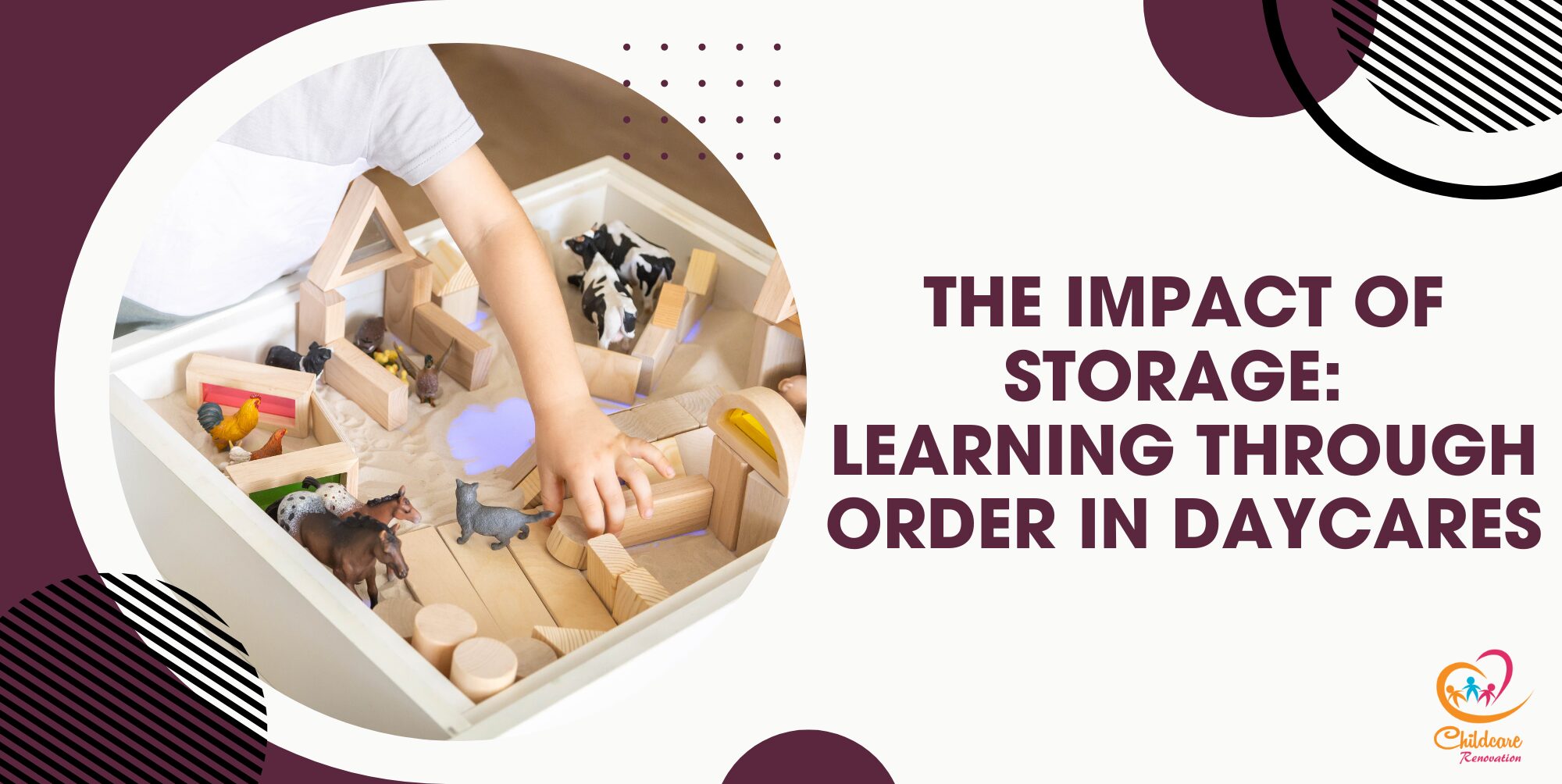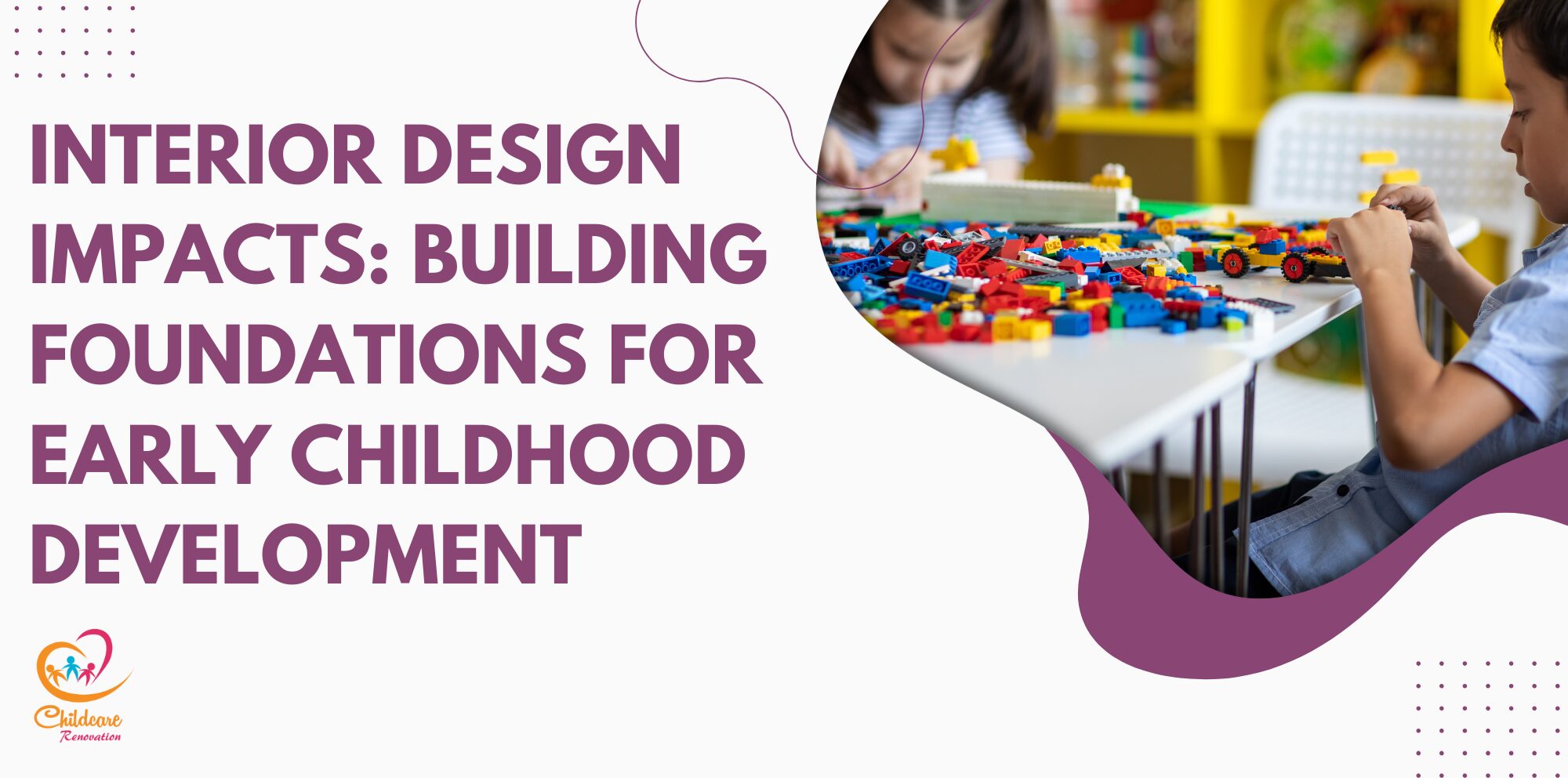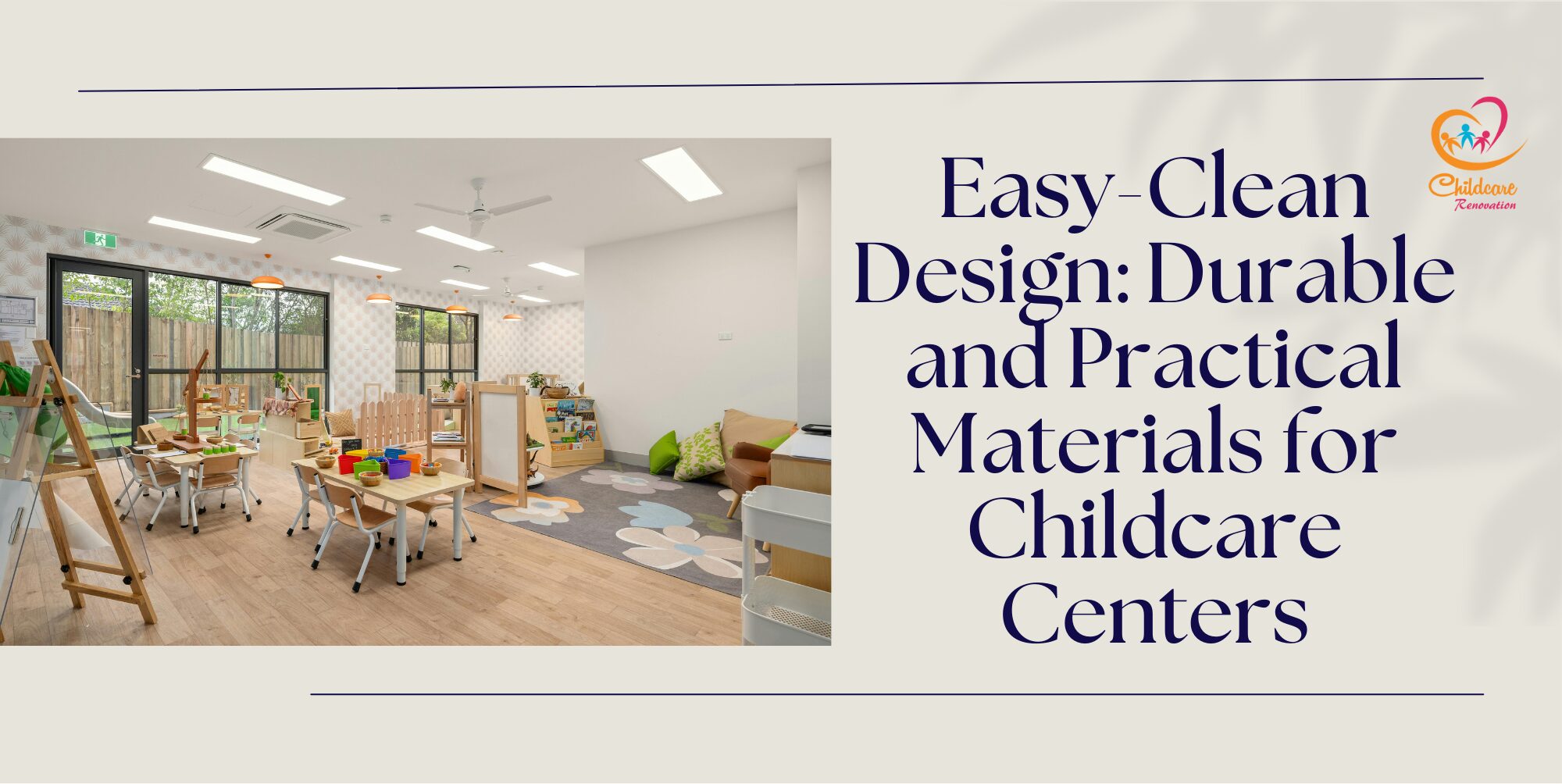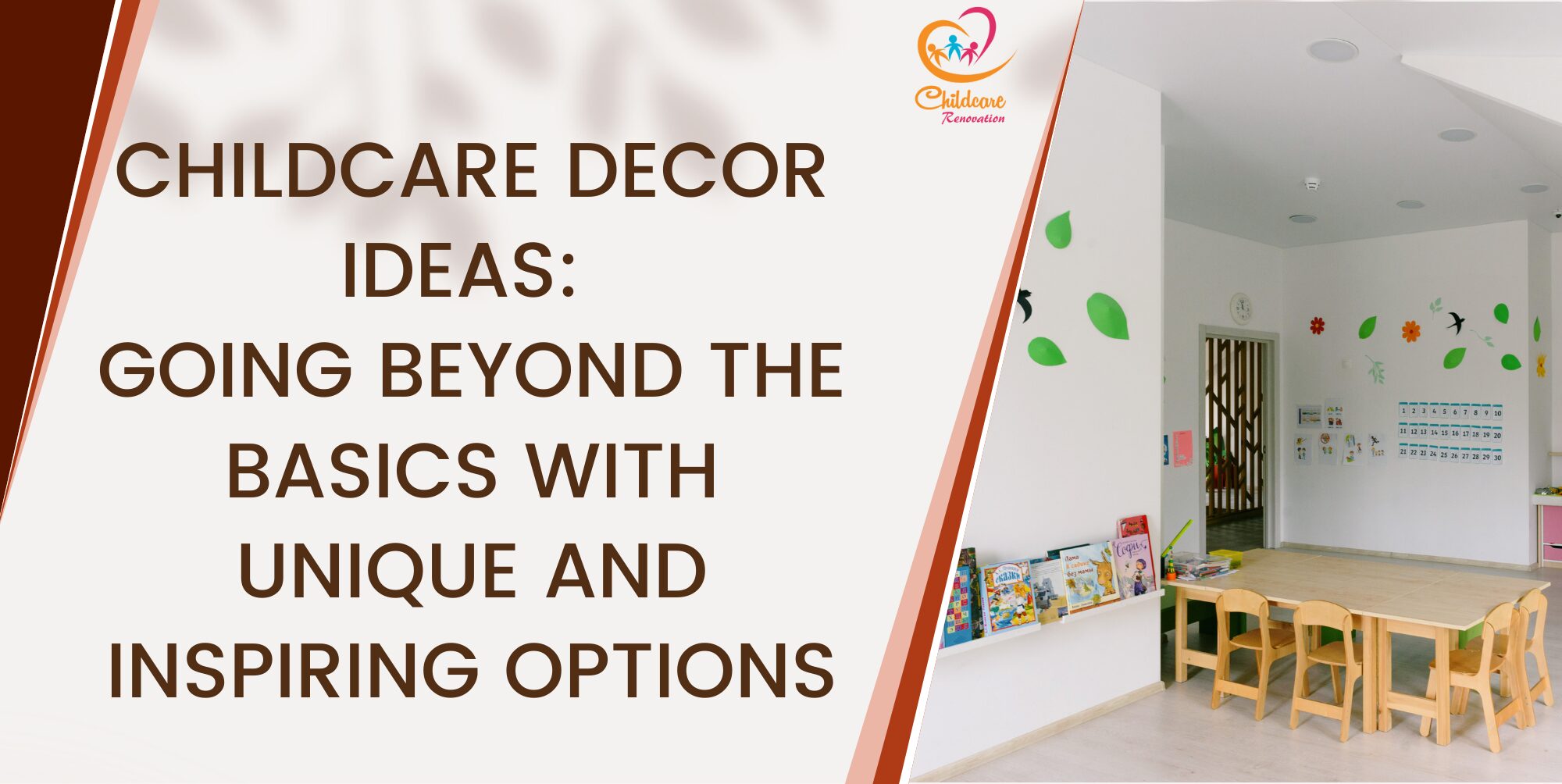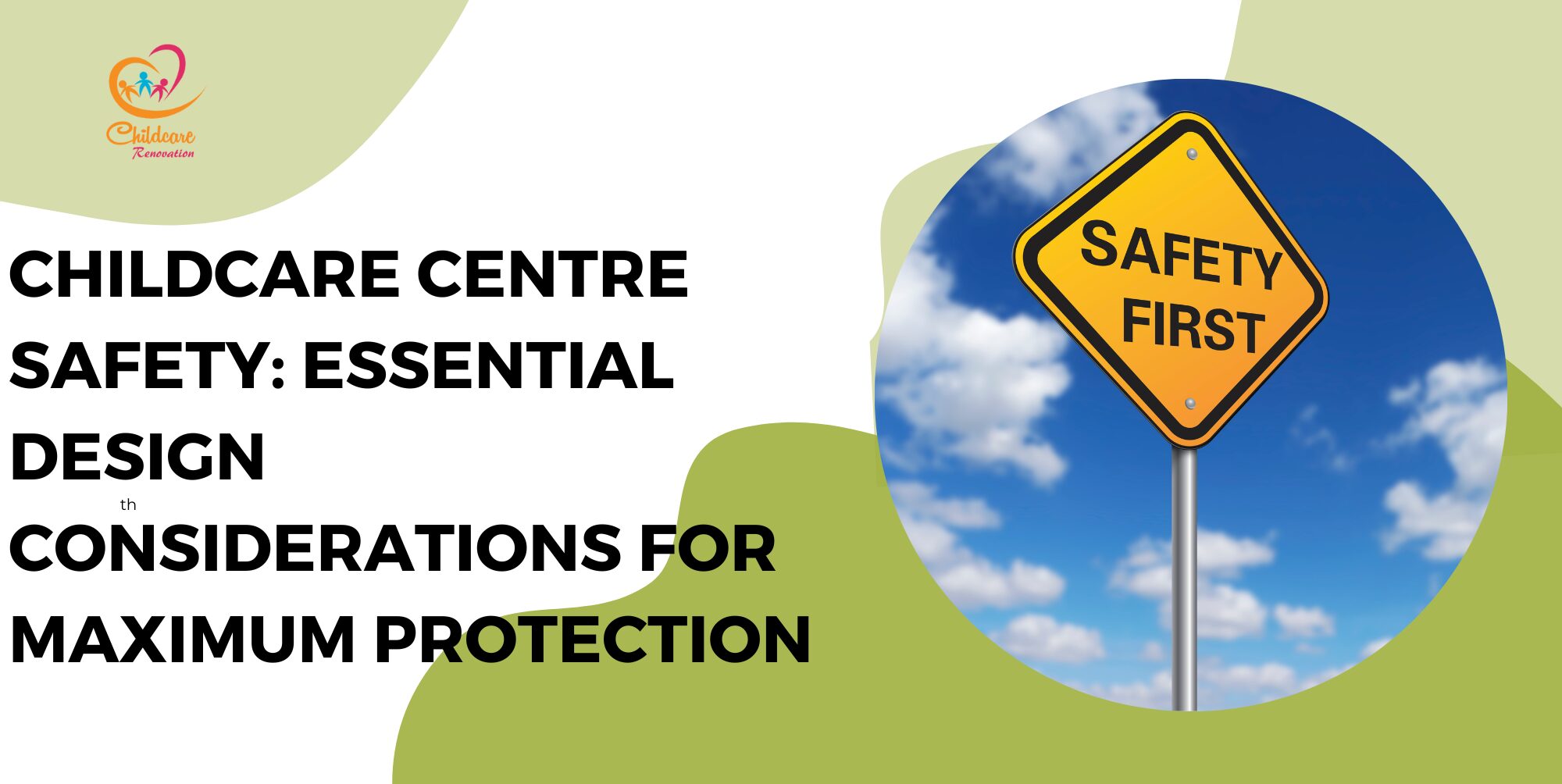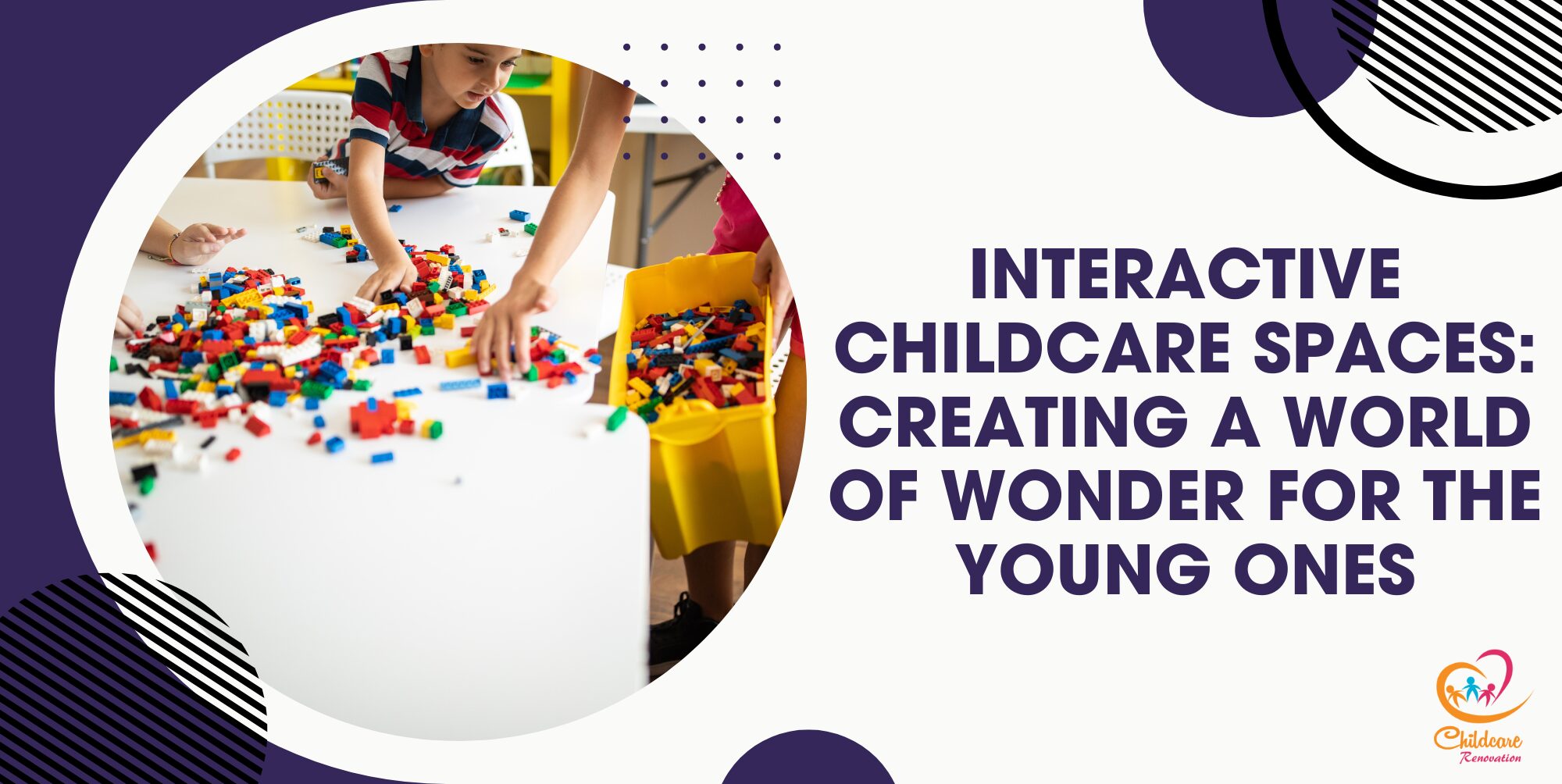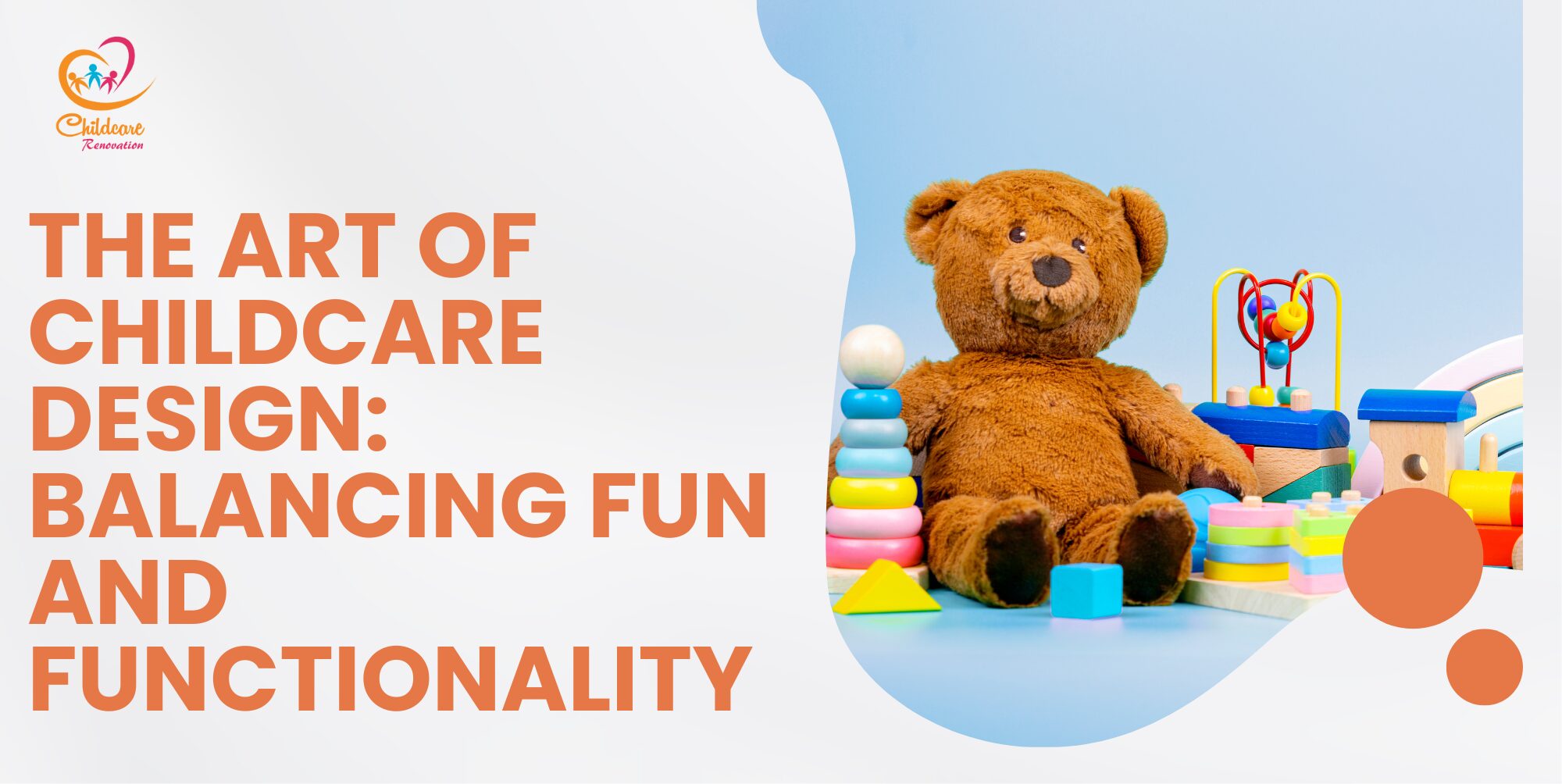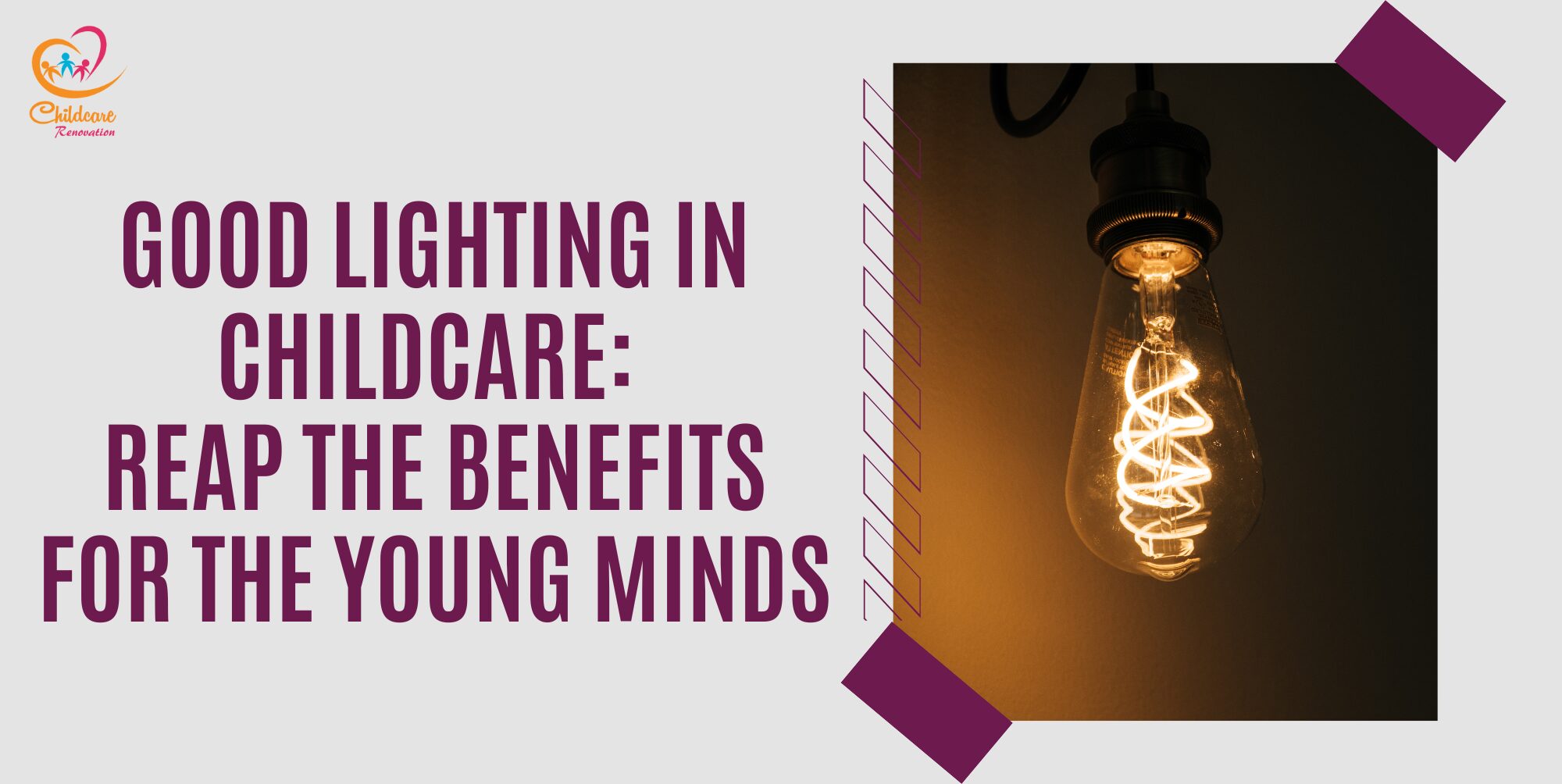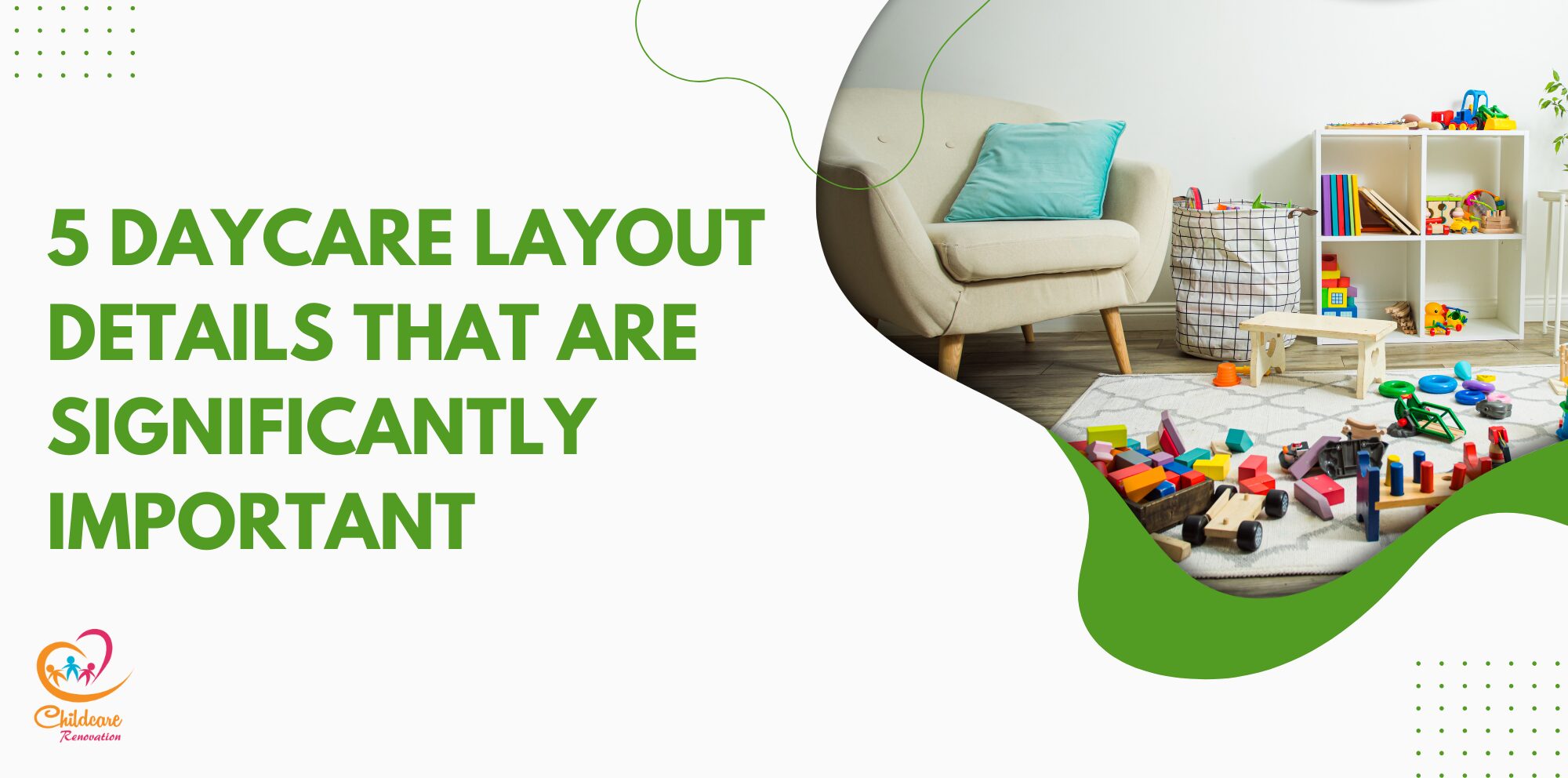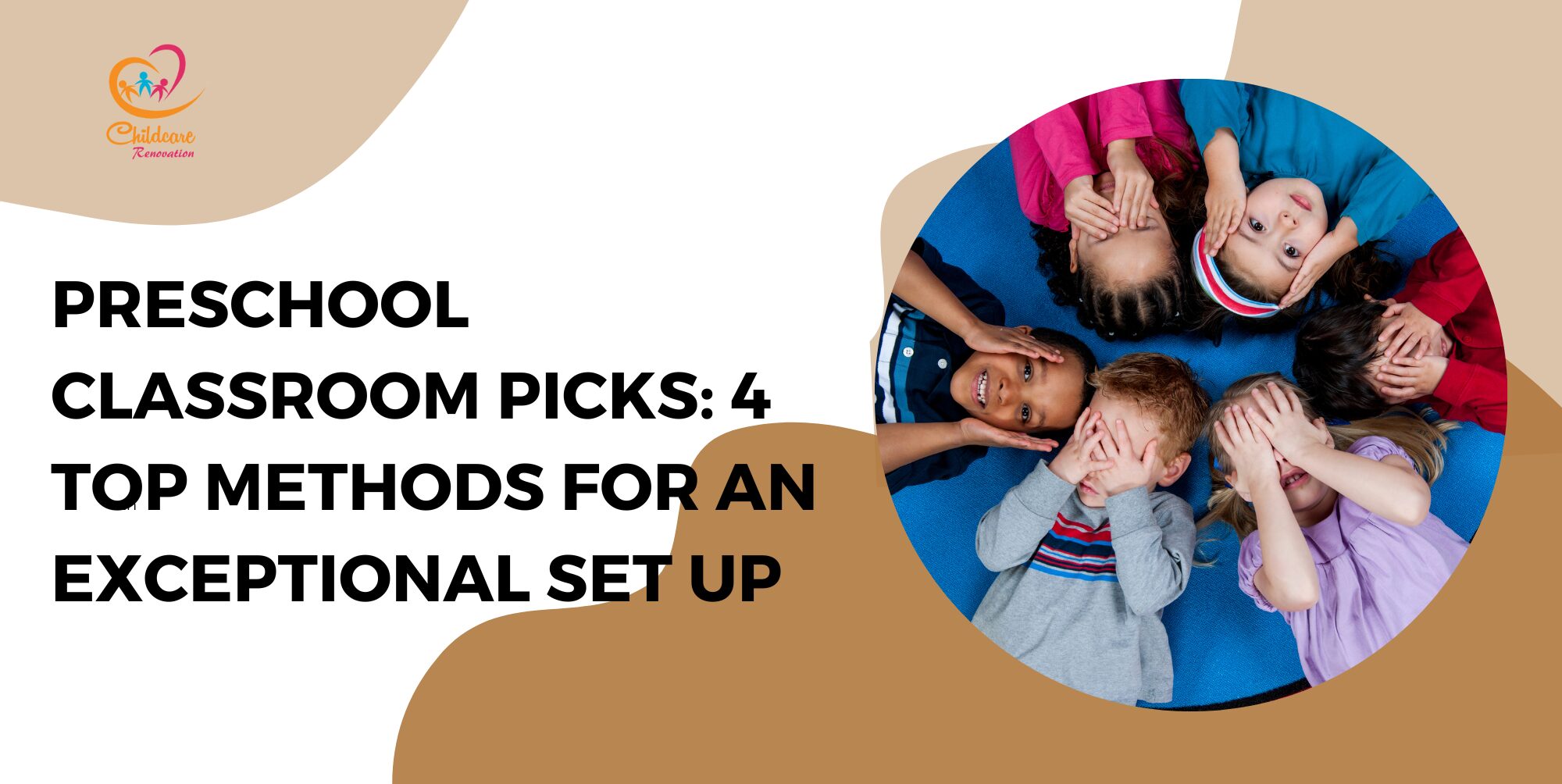Some of the best memories children have made are when they are playing at the playground, running, jumping, swinging, climbing and imagine their way to new adventures. These can turn into traumatic memories If a severe fall to the floor causes a broken bone, head injury, or painful scrape.
Hence, select the material for preschool playground surface is very important. The surface must have high impact-absorbing qualities that meet safety standards. To ensure a safe environment for children, it should be free of harsh chemicals. Additionally, the flooring should be easy to install and strong enough to withstand years of heavy foot traffic. Hereby brought to you the 5 best material for preschool playground surface.
Preschool Playground Surface Best Material 1: Poured Rubber Surfacing
Poured Rubber is also known as pour-in-place rubber. As it used TPV brand pigmented rubber granules or EPDM rubber, it makes It more durable, soft, and can’t splinter. A major complaint from parents and children about popular playground surfaces such as playground poured rubber and rubber mulch is that they splinter, and the pieces can trap in skin, eyes, shoes, and clothing. Pavement is likely to collapse over time and make it become unsuitable as a cushioning material for falls.
One of the greatest benefits in term of cost-saving in poured rubber is that it does not require annual maintenance to be figured into your budget. Poured rubber surfaces in the playground generally can last up to 10 years depending on foot traffic. The maintenance of poured rubber surface is simple. With proper maintenance, it can last up to 12-15 years. You only have to treat the surface with a coating to renew its wear and weather resistance, and on high-traffic playgrounds, new top layers can be poured onto the existing surface.
Another maintenance advantage of poured rubber surface is that you do not need to replace an entirely playground surface, by doing spot-repairs will be enough. Playgrounds can often be completely refurbished by simply applying a new paint or wear layer to the surface. This restoration technique actually improves the safety of playgrounds and saves money.
Things that need to keep in mind is that you may require huge initial investment to cover a playground with poured surface rubber. However, it will worth the investment considering the longevity of the material and its minimal maintenance costs.
Preschool Playground Surface Best Material 2: Artificial Grass or Turf
Artificial grass is made of synthetic fibers that resemble natural grass. Since then, some manufacturers have called it artificial grass. The fiber material most commonly used for artificial grass is polyethylene or polypropylene. They contribute to the grassy look and feel. However, unlike its original counterpart, artificial grass does not require regular maintenance.
Multiple layers of synthetic fibers provide cushioning for your child to play with. However, it is important to know whether artificial turf can reduce the effects of a serious fall.
Artificial grass or turf is significantly cheaper to install and maintain than natural grass as it requires no mowing, no watering, no fertilizers and no pesticides. Other than that, artificial grass is pollen free which makes your child less likely to develop hay fever and various allergies. Additionally, insects usually stay away from artificial turf.
Artificial grass can be specifically design from colour, style, density, texture, height, and fit into the playground needed space. If you found out physical damage on the surface, you can just cut out the damaged area and replace it with new turf with the help of a certified professional. Another advantage is the kids playing on artificial turf won’t get mud or turf stains.
Artificial turf doesn’t provide high shock absorption and they need additional padding and infill to build a safe and accessible play area. The material has lower durability when compared to other surfacing materials. It may splinter and cannot withstand significant tear and wear in playgrounds. Occasional maintenance is required to keep the surface clean from dust, leaves, sand particles and water. The surface can lose its aesthetic appeal within a few years without proper maintenance.
Preschool Playground Surface Best Material 3: Play Sand and Pea Gravel
Pea gravel is a loose bulk material made up of many little round rocks that are roughly the size of a green pea which available in a range from ⅛-inch to ½-inch. It is free from sharp edges, make them an ideal playground surface material but there are some stipulations and minimum requirements to follow in order to keep the playground safe.
According to National Playground Safety Institute, pea gravel must be maintained at a depth of 12 inches around equipment in a 6-foot fall zone to be able to cushion children fall when playing in the playground. Regular maintenance is needed to keep the pea gravel at the recommended 12 inches of depth as it will degrade and shifts over time. Not forget to use a shovel or rake to spread even the pea gravel surface to avoid children injury while playing.
Some of the drawback of pea gravel is it can result in choking hazard to children under 5. Smaller children may put these materials into their mouth and cause choking. Therefore, make sure to consider age appropriateness of children when selecting the right surface material.
Preschool Playground Surface Best Material 4: Rubber Mulch
Playground rubber mulch is a great safety option offering the highest drop height ratings in the industry. It is also extremely durable and long-lasting as it does not rot like wood mulch or require the maintenance and repair that unitary systems do. Unlike wood mulch/chips, gravel and sand, rubber mulch does not compact or harden the surface with frequent use. It will not be blown away in strong winds or float away during big rain storm, and it will be firmly fixed to protect your child.
The mulch does not attract termites, carpenter ants, or other harmful wood-destroying insects, making it an ideal mulch for use in landscaping, playground floors, and around buildings and foundations. As a result, rubber mulch helps reduce the need for hazardous insect control chemicals in and around the landscape.
For health concern, there is risks of using rubber mulch especially since some toxins can accumulate in the body as well as in water and soil. This is especially true for children who have been exposed to it regularly as they play in the playground almost every day. Additionally, children are more exposed to poisons because their bodies are still developing and they tend to put their hands and foreign objects in their mouths.
Preschool Playground Surface Best Material 5: Engineered Wood Fiber
Engineered Wood Fiber (EWF) is the most common type of playground safety surfacing which Is made from wood that has been crushed into fiber and processed to be woven together to form the surfaces found on playgrounds. It is the most cost-effective material compare to other surface materials.
The material is sturdy and resilient which is able to reduce the impact of serious falls to a great extent. This material also has high water absorbency. When properly compressed, it is technically strong enough to allow wheelchair to move on the surface, making the surface suitable for handicapped children.
Due to its loose nature, EWF is not abrasion resistant and will tear after a short period of time. Hence, you will need a lot of it to keep it at minimum 9 inches depth in order to keep children safety from 10-foot fall. With the help of a local surface expert for services such as raking, tamping and cleaning, it can be used up to five years.
Speak with The Experts
Planning to get started at your kindergarten but have no idea about it?
Childcare Center Renovation Singapore is a reliable company for renovation and interior design. They have about ten years of experience in this field and have a good reputation among customers.
Call us now to get your desired kindergarten design ideas now!

